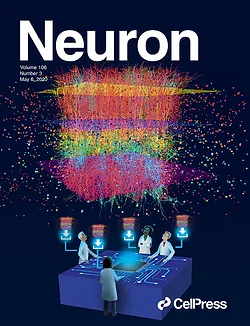Catalin Mitelut, PhD, JD
I am a scientist working on the science of agency with a specific focus on the neuroscience of agency in biological organisms and artificial neural networks. My main neuroscience research involves developing behavior paradigms for understanding causality in free, volitional action - from a whole-brain neural-dynamical perspective. My AI research focuses on mechanistic interpretability of agency circuits in LLMs for a better understanding of sense-of-agency and conscious states in AI and eventualy AGI/ASI.
Agency in Biological Organisms
We developed a python-based package that enables the implementation of learning-based BMI paradigms and we show the acquisition of single neuron learning in mice.
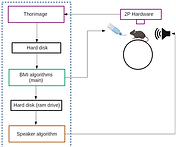
We developed methods for decoding future intentions of mice from real-time neural activity.
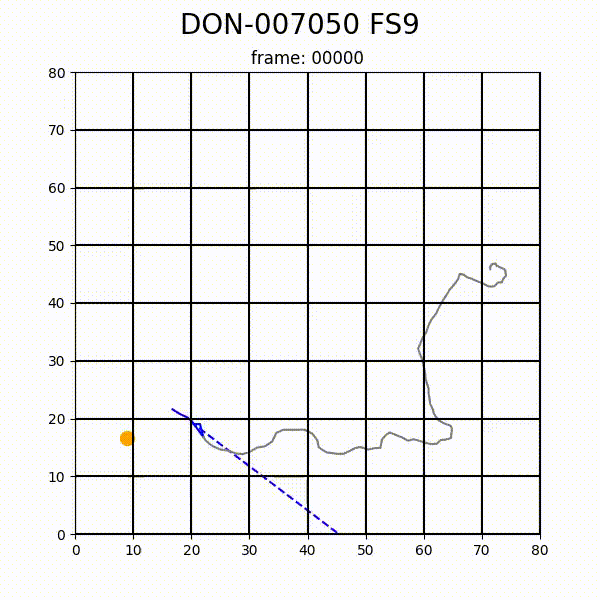
We show that neural correlates of self-initiated action are similar between mice and humans and that upcoming behaviors could be decoded seconds prior to movement.
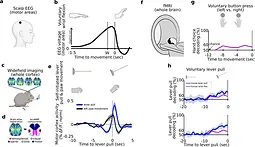
Using machine vision tools, we track the behavior of individual gerbil pups across development and identify distinct developmental trajectories for social and non-social behaviors.
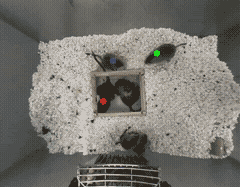
Agency in Artificial Intelligence Models
A hackathon for advancing our understanding of agency in artificial intelligence research by focusing on RL/IRL, mechanistic interpretability, game theory, and other concepts.
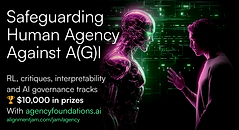
We show that intent-aligned AI systems pose a risk to human agency (i.e., control over the world) and suggest several research paradigms aimed at helping protect human agency in human-AI interactions.

I briefly discuss the neuroscience and psychology of agency in humans and the possible connection to large-language-models (LLMs) tendencies to confidently confabulate - which is a common phenomenon in human experience of agency.
Neural data science and machine learning
We used statistics and machine learning to develop state-of-the-art spike-sorting algorithms that significantly outperform other methods.
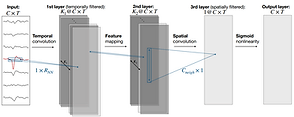
We used simulated electrically active neural networks to train and tune spike sorting algorithms.
Using super-computer clusters, we developed the first dataset of extracellular potentials from models of mouse V1.
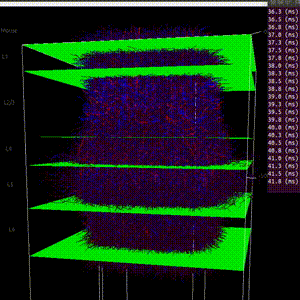
A large-scale project to model the mouse V1 at the Allen Institute for Brain Science. I contributed to the extracellular potential pipelines and OpenGL visualization code. My visualization package made the cover of Neuron (image from Billeh et al 2020).
